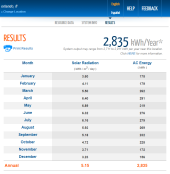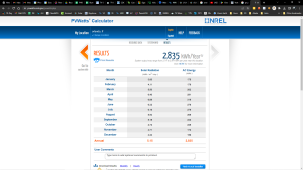Ok so I am still trying to decide on an all in one hybrid low frequency split phase inverter for my rv build. I want the system to be as simple as possible. I wish I could afford a sol ark but not today.
I have so far limited it to:
sigineer:
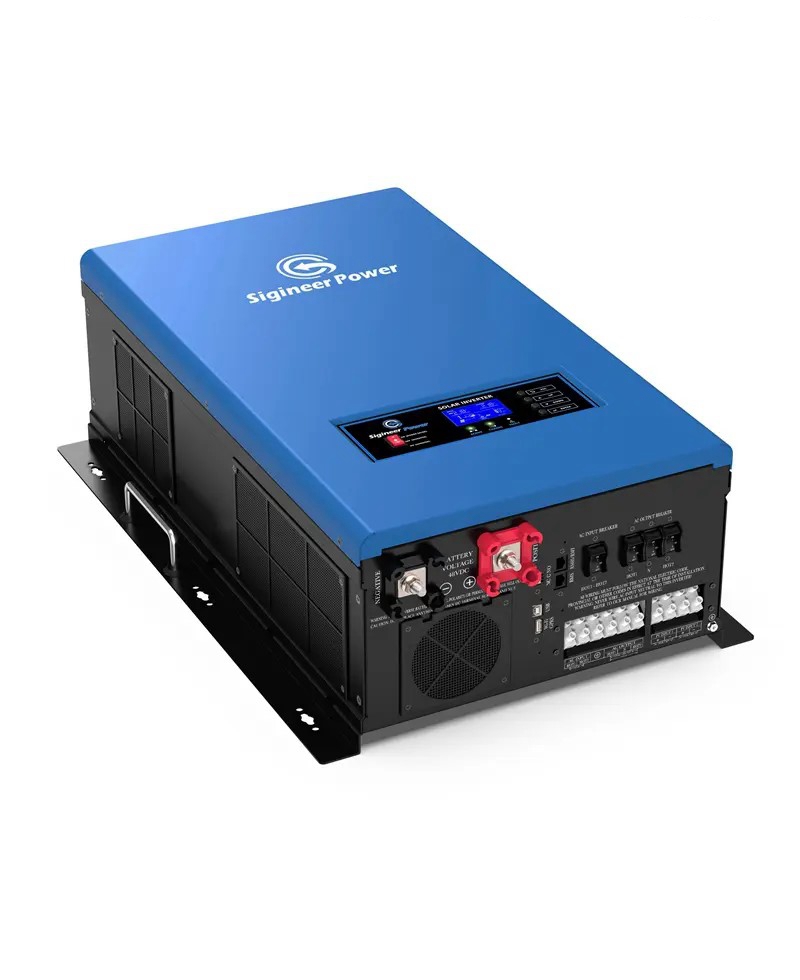
 www.sigineer.com
www.sigineer.com
And sungoldpower :
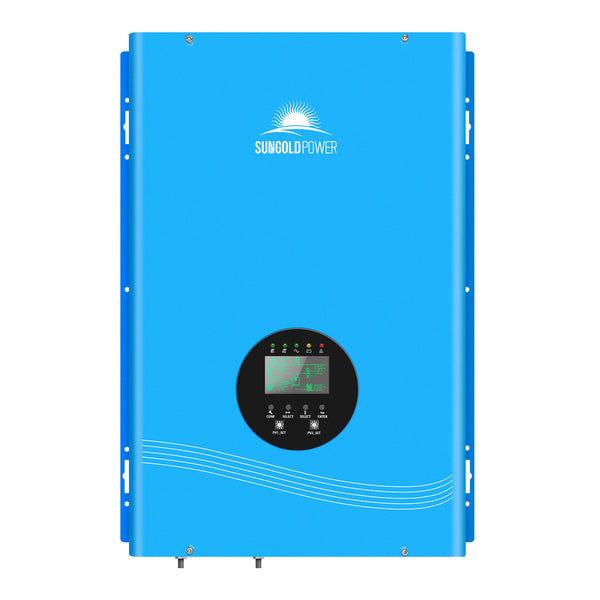
 sungoldpower.com
sungoldpower.com
Cost is basically the same.
From what I can understand these are both clones and the biggest difference is the sigineer is 40 lbs heavier? ? I'm concerned about the db of the fans of both, but I've read you can replace the fans with more premium ball bearing ones.
I want to buy 48v 200 amps of preassembled batteries to make it simple. I'd like them to communicate with the inverter as much as possible.
Sungoldpower has them $1000 cheaper than sigineer
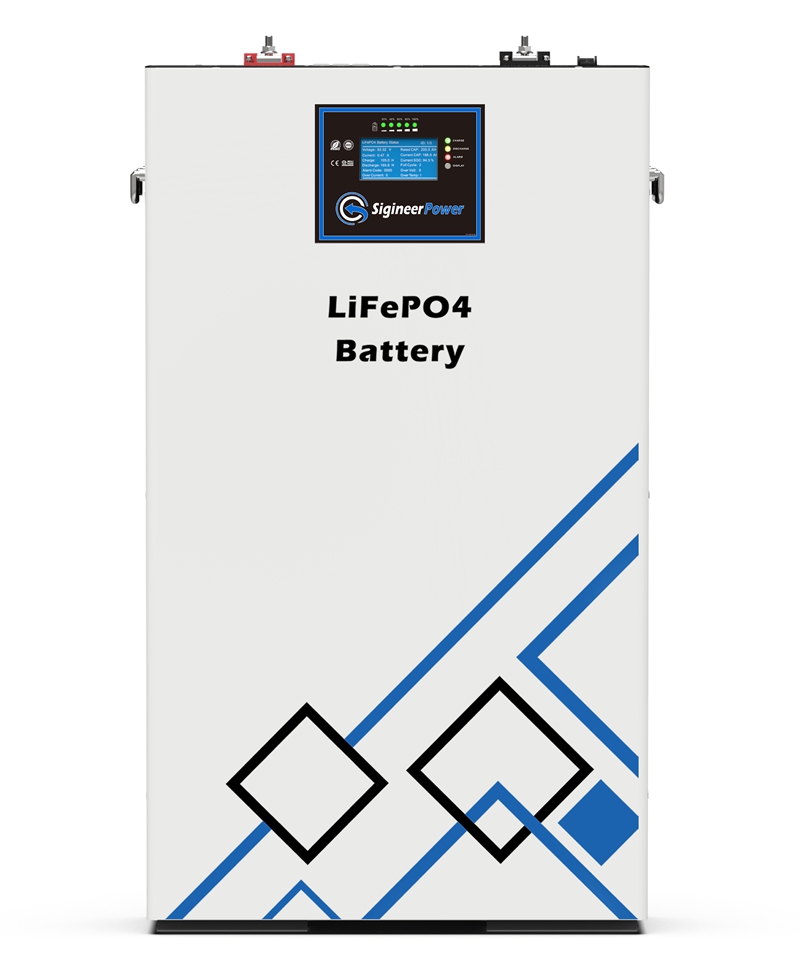
 www.sigineer.com
www.sigineer.com

 sungoldpower.com
sungoldpower.com
Do you think the batteries are interchangable between inverters??
I think I want the sigineer inverter and sungoldpower batteries. But if they won't communicate I could just stick with all sungoldpower...
Any thoughts? Many thanks!!
I have so far limited it to:
sigineer:

Solar Power Inverter For Home 12000 Watt 48V to 120V 240V w/ 120A MPPT Controller ETL Listed
12000 Watt Solar Power Inverter For Home |120A solar charger Pure Sine Wave 48V dc to ac 12KW 120/240Vac, off grid, emergency backup power
And sungoldpower :

12KW Hybrid Solar Inverter UL1741 Standard
Hightlight: ★ All in one unit: This power inverter for solar panels is UL1741 standard, integrated with a 120/240V 12KW split phase off grid pure sine wave inverter for houses, 80A AC charger, MPPT solar charge controllers and a transfer switch in one package. ★ Low Frequency best hybrid...
 sungoldpower.com
sungoldpower.com
Cost is basically the same.
From what I can understand these are both clones and the biggest difference is the sigineer is 40 lbs heavier? ? I'm concerned about the db of the fans of both, but I've read you can replace the fans with more premium ball bearing ones.
I want to buy 48v 200 amps of preassembled batteries to make it simple. I'd like them to communicate with the inverter as much as possible.
Sungoldpower has them $1000 cheaper than sigineer

48V Lithium Battery 200Ah 10KWH Deep Cycle for Solar Systems
48V Lithium Battery 200Ah 10KWH Deep Cycle for Solar Systems

48V 100AH Server Rack LiFePO4 Lithium Battery SG48100P
Highlight: ★Character: The 51.2V 100AH LFP Battery is compact, well-designed, LCD, and cable/accessories ready for installation. ≥7000 cycles deep cycle & 10 years warranty, designed for up to 15-year life. ★Intelligent BMS :Battery Management System can manage and monitor cells information...
 sungoldpower.com
sungoldpower.com
Do you think the batteries are interchangable between inverters??
I think I want the sigineer inverter and sungoldpower batteries. But if they won't communicate I could just stick with all sungoldpower...
Any thoughts? Many thanks!!




